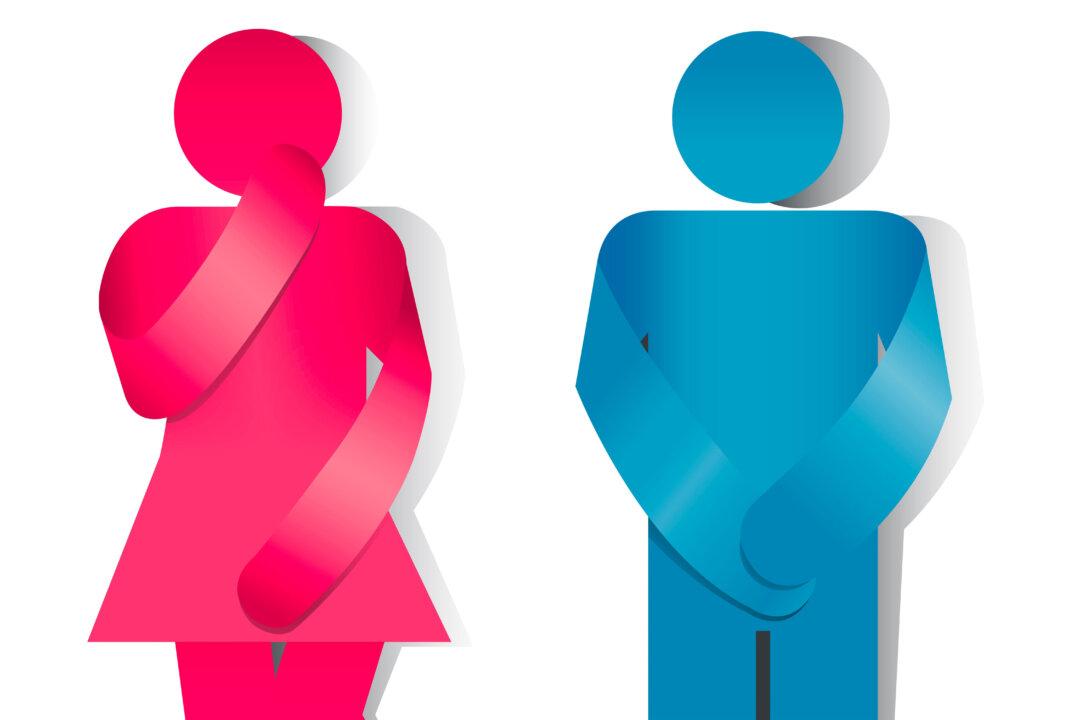Going to restaurants is a favorite pastime for many people, but there may be unforeseen dangers lurking in the meals you buy.
According to a recent University of California and George Washington University study, eating out may boost your risk of cancer and other health problems.





